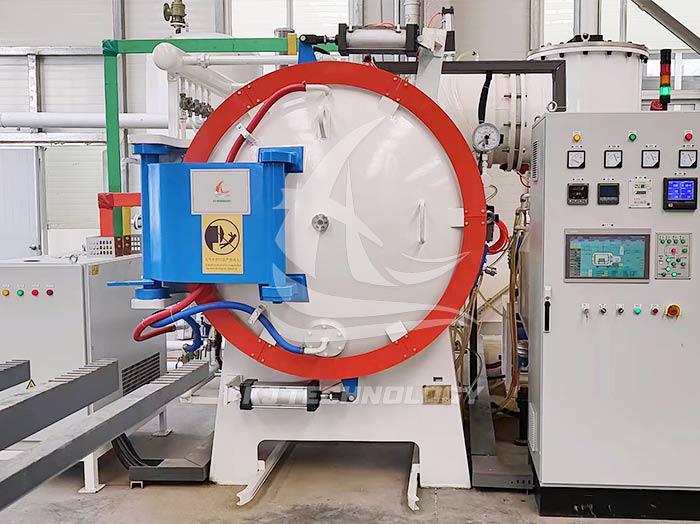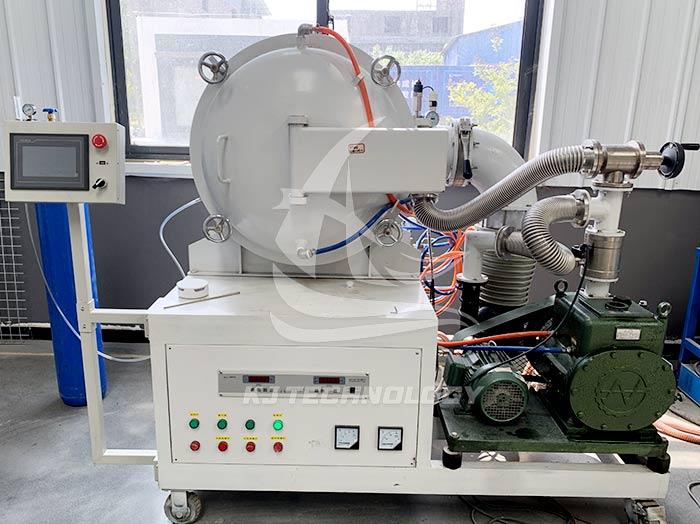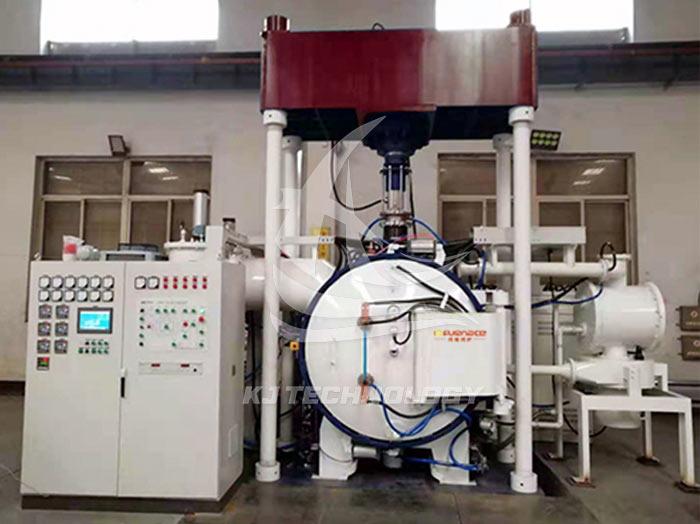Application prospects of vacuum heat treatment furnace
 05-19-2025 Author: KJ technology
05-19-2025 Author: KJ technology
Vacuum heat treatment furnaces have broad application prospects in modern industry. The following analysis is conducted from the aspects of market demand, technological trends, industry policies, and regional development:
1. Market demand continues to grow
High end manufacturing drives demand: Industries such as aerospace, automotive manufacturing, and electronics and electrical have extremely high requirements for material performance. Vacuum heat treatment furnaces have become key equipment for improving product quality due to their advantages of no oxidation, no decarburization, and high-precision temperature control. For example, the heat treatment of parts such as aircraft engine blades and high-strength gears in automobiles relies on vacuum technology.
Emerging industries bring incremental growth: the demand for lightweight and high-strength materials has surged in emerging fields such as new energy vehicles, medical devices, and 3C electronics. Vacuum heat treatment furnaces play an important role in the processing of materials such as aluminum alloys, magnesium alloys, and titanium alloys.
Environmental protection requirements increase demand: With the increasingly strict global environmental regulations, traditional heat treatment processes are gradually being phased out due to high energy consumption and high pollution. As an environmentally friendly equipment, the market demand for vacuum heat treatment furnaces will continue to expand.
2. Technological innovation drives development
Intelligence and automation: In the future, vacuum heat treatment furnaces will integrate advanced sensors, control systems, and data analysis technologies to achieve remote monitoring, fault diagnosis, and process optimization, improving production efficiency and product quality.
Efficient energy-saving technology: The application of new energy-saving materials and heating technologies will significantly reduce energy consumption, such as using ceramic fiber insulation materials, high-efficiency heating elements, etc., to reduce energy waste.
Multi functional integration: The vacuum heat treatment furnace will be combined with other surface treatment technologies (such as carburizing and nitriding) to achieve composite processing and meet the diverse needs of different materials.
3. Industry policy support
Energy conservation and emission reduction policies: Governments of various countries have introduced policies to encourage enterprises to adopt energy-saving and environmentally friendly equipment. Vacuum heat treatment furnaces, as representatives of green manufacturing, will benefit from policy support such as financial subsidies and tax incentives.
Industrial upgrading plan: Many countries have launched industrial revitalization plans to promote technological innovation and industrial upgrading in key industries, which will benefit the vacuum heat treatment furnace industry.
International trade policy: The signing of free trade agreements may reduce import tariffs, promote international trade in vacuum heat treatment furnaces, and provide opportunities for enterprises to expand overseas markets.
4. The regional market has enormous potential
The dominant market in the Asia Pacific region: The rapid industrialization process of countries such as China, India, and Japan has driven the demand for high-quality heat treatment equipment, and the Asia Pacific region has become the core area of the global vacuum heat treatment furnace market.
The rise of emerging markets: The industrialization process in South America, the Middle East and other regions is accelerating, and the demand for vacuum heat treatment furnaces continues to grow, providing new market opportunities for enterprises.
Stable growth in the North American and European markets: Mature economies in these regions have significant advantages in high-end manufacturing and aerospace, driving the widespread application of vacuum heat treatment furnace technology.
5. Industry Trends and Challenges
Industry concentration improvement: With the intensification of market competition, leading enterprises will increase their market share through technological innovation and mergers and acquisitions, further enhancing industry concentration.
Technological updates and upgrades are accelerating: Enterprises need to continuously invest in research and development to adapt to changes in new materials, processes, and market demands, which puts higher demands on their technological and financial strength.
Environmental regulations are becoming stricter: the treatment of exhaust gas and waste generated during the operation of vacuum heat treatment furnaces must meet environmental requirements, and enterprises need to increase environmental investment and operational costs.








